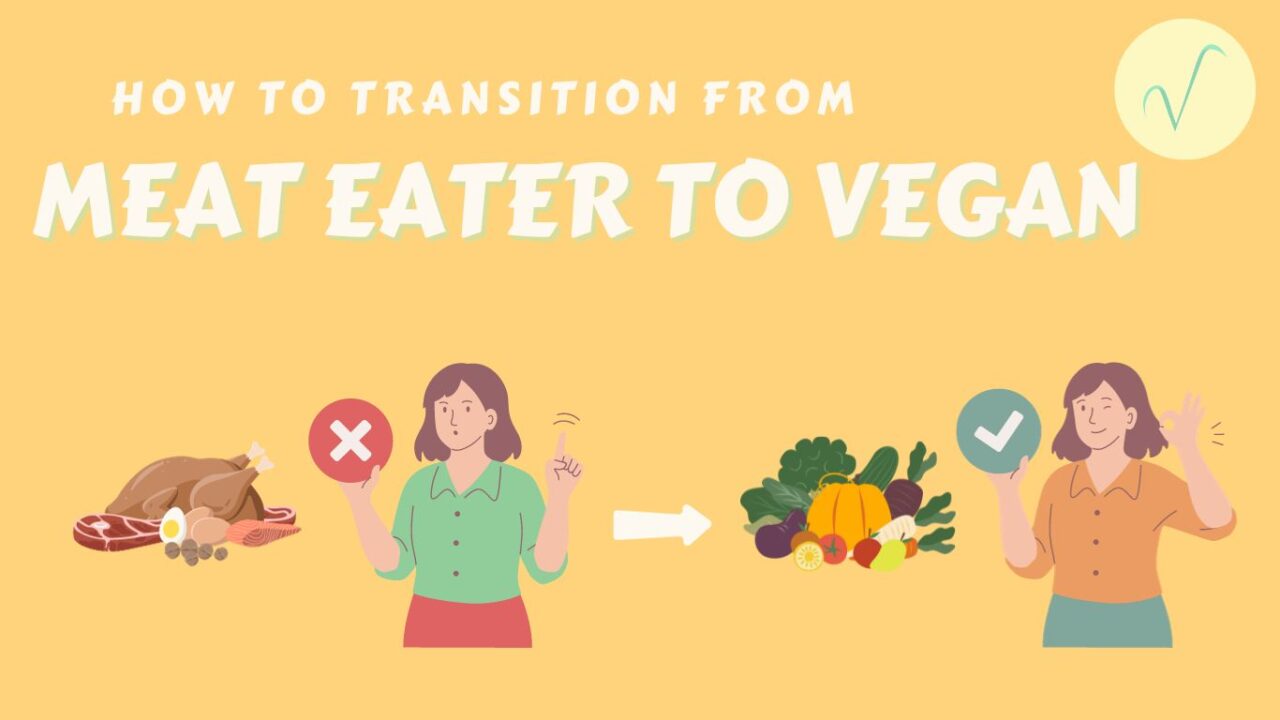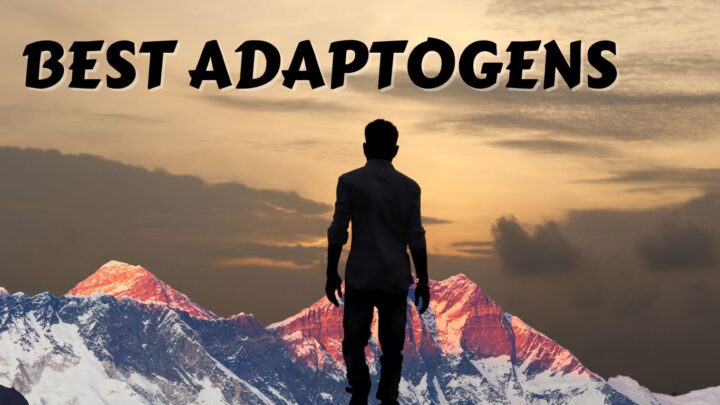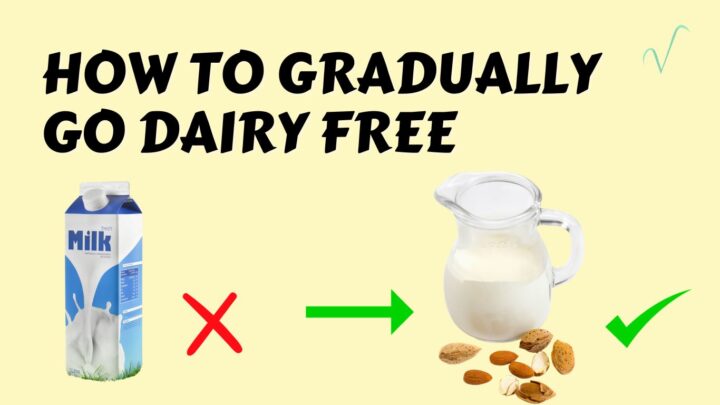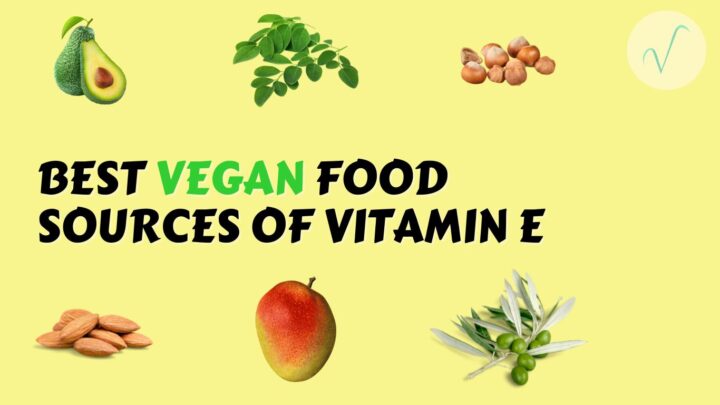The majority of modern day vegans were most likely omnivores prior to their current lifestyle. Everyone goes through a transitional period when going vegan.
No matter whether you eat a lot of meat, you’re a vegetarian going vegan, or just giving veganism a try.
This post is going to take you through how to go from a meat lover to a vegan eater. This is coming form someone who used to joke about my 5-a-day being 5 types of meat at a barbecue. These are some top tips for you to try today.
How to turn vegan
When going vegan, there’s no one-size-fits-all solution. Some people despise vegetables, some people love them; Some people need the vegan substitutes for a while, while some turn their nose up completely at the idea of fake meat.
Either way you look at it, there is still a process for you to follow when going vegan. First, you want to figure out what foods are already vegan, that you can work with already.

What do you eat that’s already vegan?
One of the first things I did when I first went vegan, was figure out what I could still eat. A lot of people when thinking about veganism tend to talk about all the things we can’t eat. Pretty pessimistic if you ask me!
What I soon realised was, vegan people can pretty much eat anything non vegans do, except dairy, meat, and other animal products. Anything from fruit, vegetables, nuts, seeds, grains and greens are all naturally vegan products.
One of the hard parts about this is finding which foods you want to make your “meat” – for lack of a better word.

If you’re going for a plant-based whole food approach, you’ll need to experiment with more beans and legumes, like lentils and black beans, for example.
When I checked the ingredients I found out my favourite bread was vegan-friendly, so was my crackers I ate as a snack, my favourite hummus; as well as other accidentally vegan snacks. You may be pleasantly surprised how many foods you already eat that are vegan.
What non-vegan foods do you need to avoid?
Meat, fish, and dairy are the 3 main ones to remember when it comes to avoiding non-vegan foods. Other non-vegan foods to cut out included honey, eggs, and foods with dairy derivatives.
Milk, or (whey) is commonly found in bread, eggs are found in glazed or baked products, and traces of meat can be found in processed foods like noodles. In processed cereals it’s common for brands to sneak in milk and/or honey, even in drinks, so be sure to always check the ingredients.
Avoiding these non vegan foods is the first step to letting go of your dependance on them. For whatever reason you’re going vegan, it’s a whole lot easier when you keep those foods out of reach.

Find vegan substitutes of your other staples
Other staples of yours may include mince, milk, cheese or even sausages. The great thing about the modern age we’re in, is that there is now an abundance of substitutes for all kinds of everyday staples.
After a bit of experimentation, I discovered my favourite vegan milks are almond and rice milk. Cashew cream is my go-to for cream-based dishes, and with the range of vegan chicken chunks, sausages and mince meat options available, I never have to miss out on that much at all.
Of course, if you’re going the plant-based route you may need to be more creative with creation of textures that you were once used to, but that comes with time!

Identify the foods to get your nourishment
When changing diet, and detaching from meat-based meals, the kind of dish also tends to change.
Now, instead of getting most of your nutrition from meat, and veggies on the side, you’re now upping your consumption of the “side” veggies, and being more innovative with your mains.
Nutrition to consider when going vegan is where you’ll get your iron, your zinc, niacin, as well as protein. It takes a bit of effort, but not everyone’s perfect so as to do it overnight, it takes patience.

Get foods to hit that full factor
When transitioning to veganism, you’ll soon realise that meals may also be less filling. This is natural, as it takes a lot more veggies to satiate the stomach as a chunk of meat. Calorifically speaking, there are a lot more calories to make up for.
Some ideas I had in mind originally to combat this included: Eating potatoes with more meals; adding bigger portions of greens to my plate; started eating meals with more of a bean/lentil-base; incorporate more nuts and seeds into my food (i.e. salads).
Later on in time when I didn’t want to eat potatoes so much, I started incorporating other foods into my meals such as hummus (and other bean dips), and tahini-based dressings to help fill me up better. Be careful not to overload your plate though, you can still overeat, even if it’s vegetables.

Figure out which supplements you need
Not all nutrition can be covered on a vegan diet. The two main vitamins being b12 and vitamin D, that can’t adequately be covered with vegan foods alone.
Another nutrient that most find difficult to get is calcium, and iron, which can also be covered with foods, but isn’t the most abundant in the vegan diet.

Research vegan-friendly gut foods
The vegan diet also drastically changes your gut. You go from having stomach acid adapted to breaking down meat and dairy, to a stomach now only getting veggies.
With this will come some changes to your gut, which you can handle with the right preparation. What I wish I knew back then was the power of fermented foods for proper transition into veganism.
Get foods like sauerkraut, pickles or even kombucha into regular rotation in your diet, this will help the change go a lot more smoothly.

Veganise your favourite meals!
The best way to go vegan is by finding your go-to substitutes and veganising your favourites. Your lasagnes, sandwich fillers, stir fries, the vegan diet doesn’t need to be restrictive as far as meal options are concerned.
When you get the above in check, try using the gathered knowledge to veganise your favourite foods. Some of my favourite meals were shepherd’s pie, lasagne, as well as chicken pie and spaghetti carbonara. All very easily veganisable!
You’d be surprised what you can do with the right substitute and recipe combo. Some meals call for some seasonings to do their magic, but more often than not, veganising your favourite meals is just a matter of replacing the non-vegan parts!

If all else fails, try to eat vegan for your first meal of the day!
Don’t feel pressure to go 0-100 as a vegan. One final tip I’ll leave you with is to, if you’re finding it hard to maintain, try to make your very first meal a vegan one.
That means, instead of pork sausages, try vegan ones, or some dairy-free oatmeal. Even if it’s not your first meal, do a meat-free Monday night supper, order a vegan takeaway option, or keep your snacks vegan-friendly.
Make the choices that work best for you and your lifestyle. You can make a difference with a small change than some people will do in their entire life. Celebrate the small victories and don’t beat yourself up about it.
Whatever the reason you want to go vegan, just know it’s not rocket science, there’s always a method to achieving something and this is no different.
We hope you enjoyed these tips and tricks and learned a thing or two about how to go vegan from an ex meat-lover. Be sure to come back again for more vegan advice and recipes, stay blessed.




